Why is it Called a Step and Repeat Banner?
A step repeat banner is a versatile promotional tool that combines functionality and creativity. It features key images, such as brand logos, arranged in repeating patterns or offset rows, guiding the viewer’s gaze and creating a visually captivating display.
Step repeat banners serve a multitude of purposes. They are ideal for trade shows, conferences, redcarpet events, and photo opportunities. With their customizable designs and seamless printing capabilities, step repeat banners make it easy to showcase brand logos, sponsor messages, and captivating visuals, leaving a lasting impression on attendees and enhancing brand visibility. The printed area can serve as backgrounds for performances, award shows, fashion events, filming, trade shows, and even green screen rotoscoping. Nearly any image or color can be printed with digital printing, making the possibilities endless.
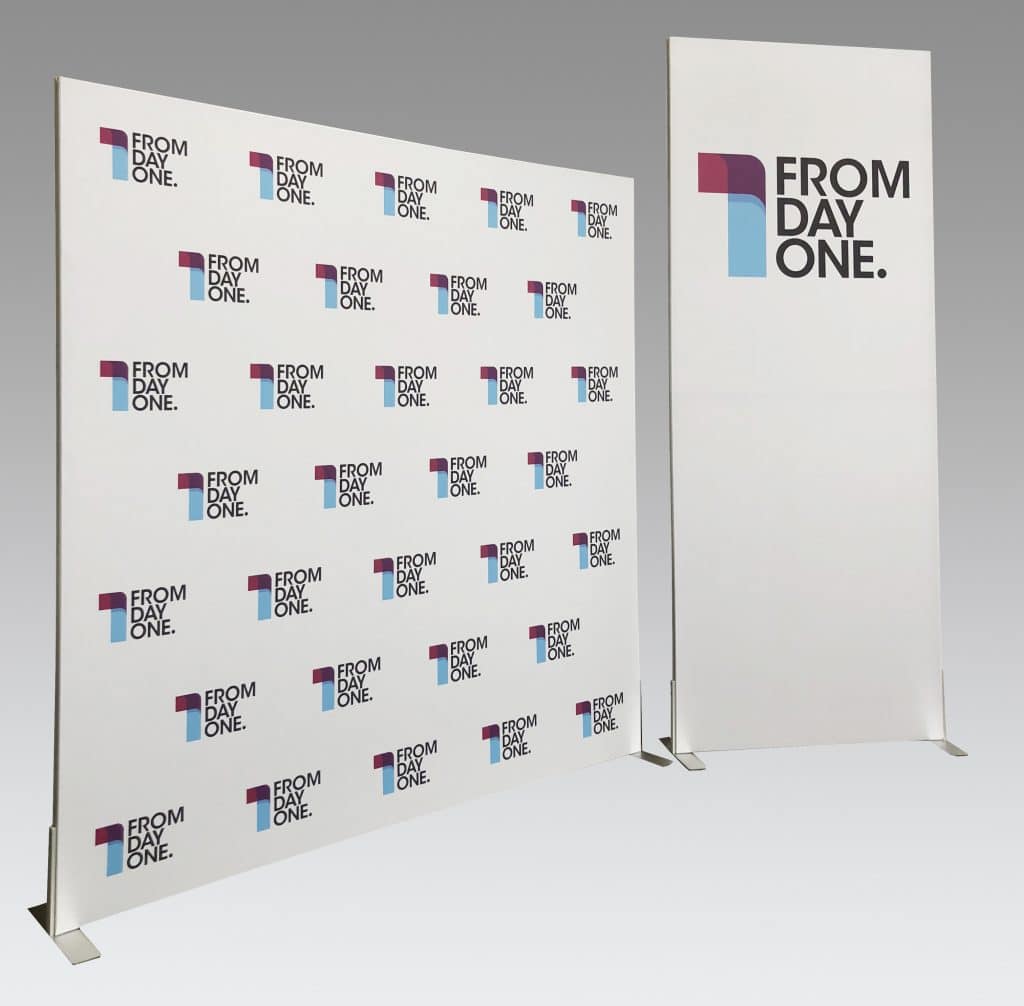
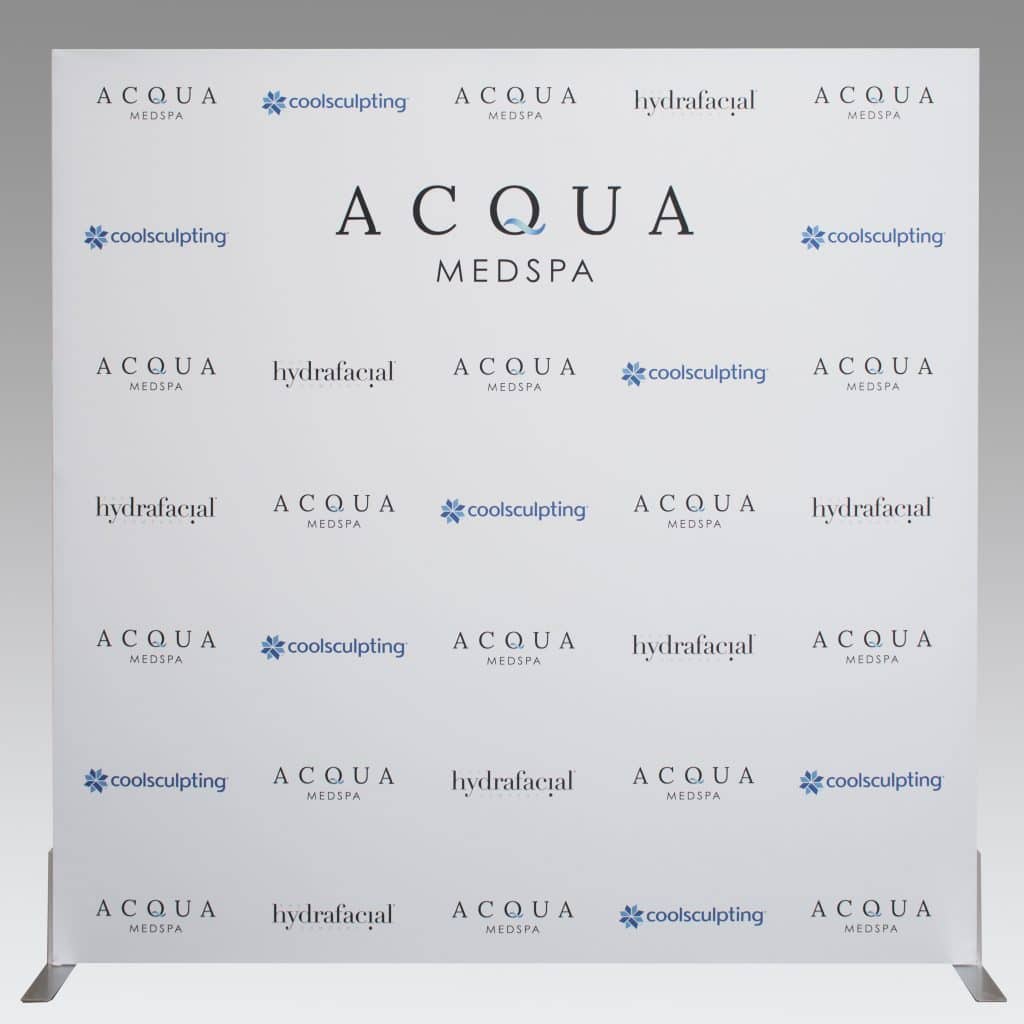
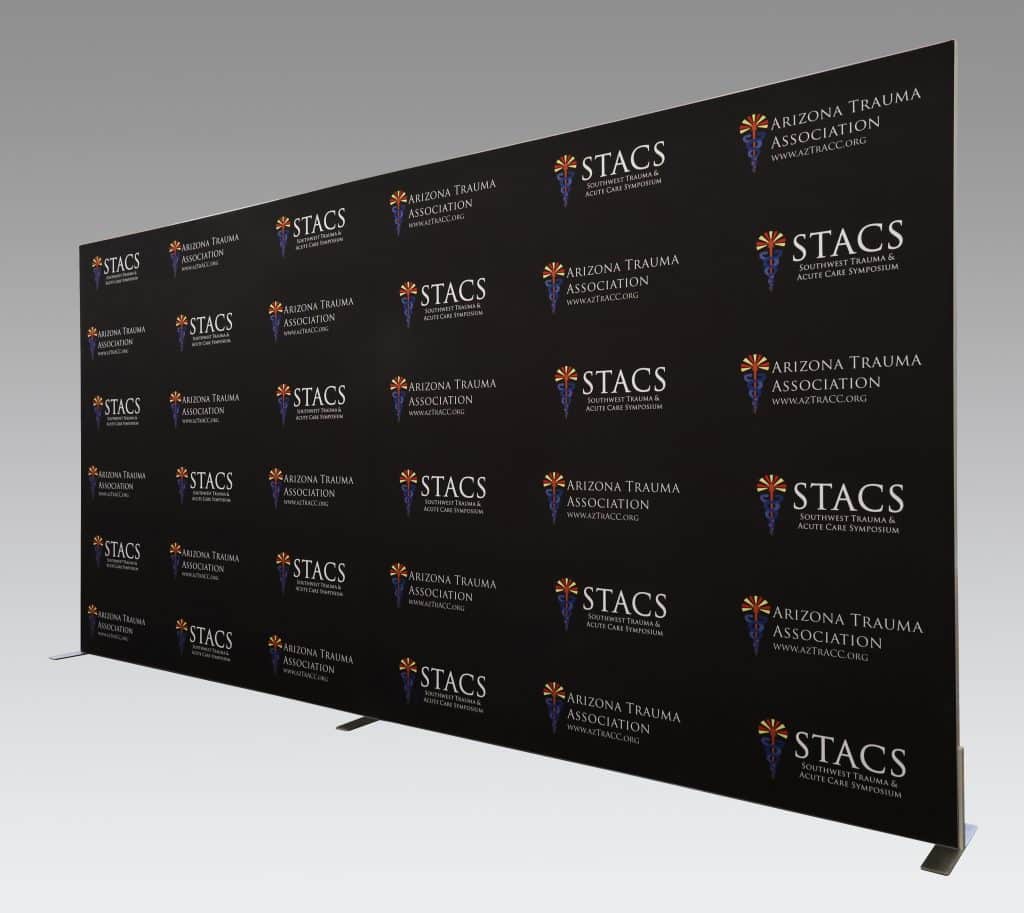
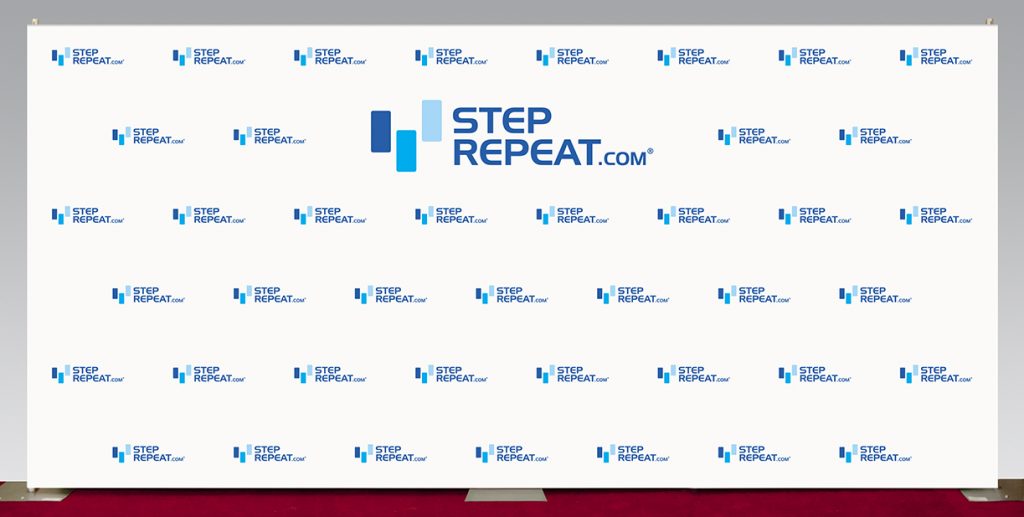
What kind of material is a step and repeat made of?
For this type of large-format printing (canvases can be nearly any size, restricted only by the size of the machine printing the banner), two main types of material are used: vinyl and fabric. While there are many variations available, generally, the strongest and most durable are used consistently. Though not a rule, step and repeat systems are used indoors as much as outdoors, and each material has a use. For instance, vinyl material is thick and durable but susceptible to glare created when photographed. Many types of vinyl have a matte finish, but the inks printed on the material are not matte themselves. So if printing an image made of one solid color or a very dark, complicated color palette, glare can be an issue visible in photographs; if the banner printed is primarily white, this issue is less of a concern. Additionally, vinyl can be cleaned using non-abrasive cleansers on the off-chance something is spilled.
Fabric material has the virtue of being matte by default (vinyl material must be manufactured this way specifically), and in printing, the ink soaks into the fabric. It’s ideal for full-color imagery and dark backgrounds. The fabric material is truly the best choice for indoor use, however. The fabric material is thinner than vinyl in most cases, and light can pass through it (certainly an issue if being utilized outdoors during the day.) If the banner isn’t backlit, the issue is moot! Subjects photographed in front of fabric banners will look very nice. A warning: fabric banners should never be used in conditions where they will get wet. Do not wash or dry clean fabric banners. In all cases, it is better to exercise great care in handling fabric banners. Any moisture will likely leave water marks or rings.
Regardless of material type, another consideration is storing the banner. Under no circumstances is it recommended that banners be folded, even in the case of fabric banners. It stands to reason that most fabrics can be folded–after all, clothes are folded, sheets too–but the fabric material used in large-format banner printing is often a heavy blend textile material that, to the touch, is thicker than most fabrics used in the home. Folding a banner printed on this heavy material will leave creases and lines that do not come out easily. If possible, opt for banners rolled on PVC pipe along its vertical edge. Rolling will always result in smooth banners ready to be used over and over.
Why are the types of stands important?
What’s a banner without a stand? There are numerous varieties of stands and methods utilized in erecting step and repeat systems. There’s an old adage: you get what you pay for. This holds true when purchasing a step and repeat banner. Many companies use plastic stands with thin feet at the base. Often, banners will sag and sway when using these kinds of stands. Others use the string-and-grommett system (wherein a thin nylon rope is snaked through steel grommets, also wrapped around whatever type of vertical and horizontal components are being used.) That method will also result in sagging and swaying. Ideally, one should always try and find a company that utilizes steel and aluminum stands. Steel and aluminum provide incredible rigidity and stability. A quick note regarding safety: whether used indoors or out, always use sandbags or weights at least 25 lb or more to steady your banner system.
Step and Repeat Backdrops, sometimes called red carpet backdrops, are versatile tools with nearly limitless uses in the realm of the display. Movie premieres, trade shows, charity events, press conferences, and presidential campaigns–you’ve seen them everywhere! While there are many variations and options, the best of those have been explored above. Remember, always opt for sturdy hardware, never fold your banner and choose your material based on its use, indoors or out. You’ll be rewarded with an item that will be noteworthy in the way it transmits a message or displays an image!
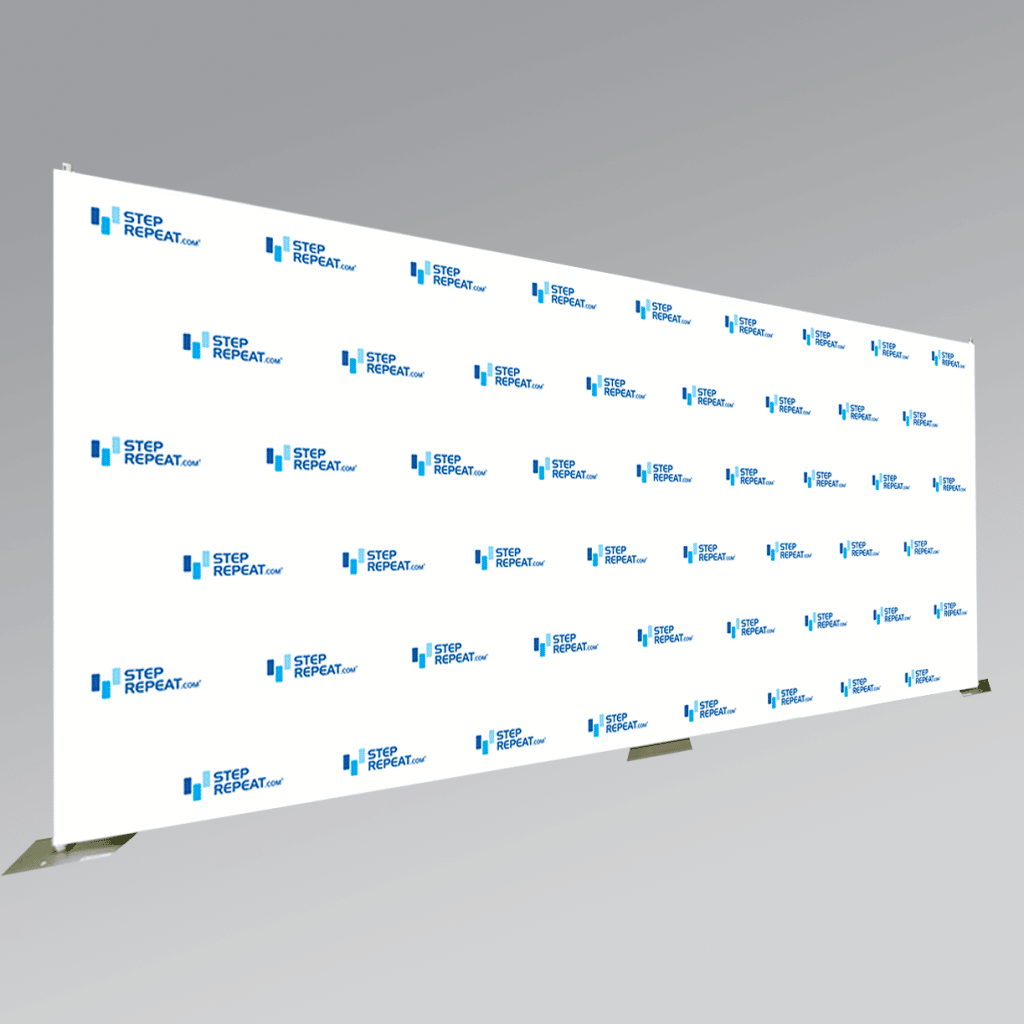
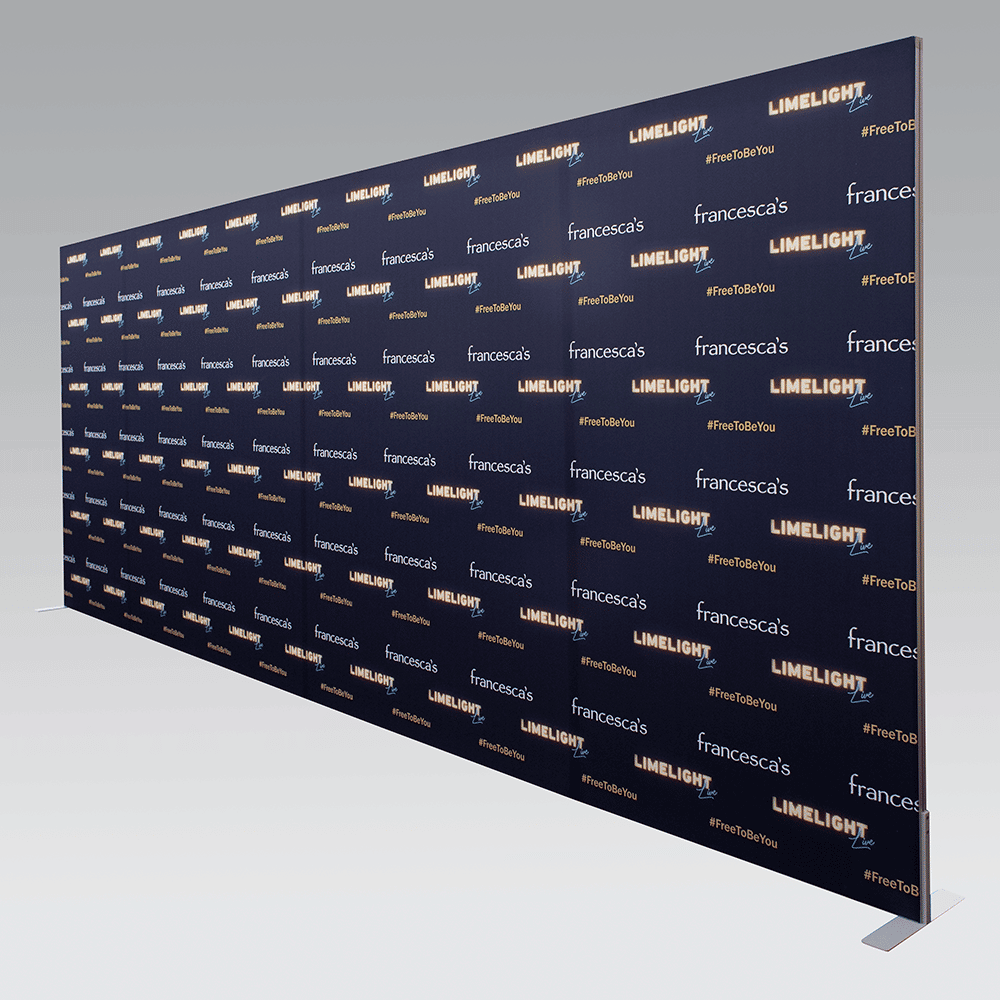
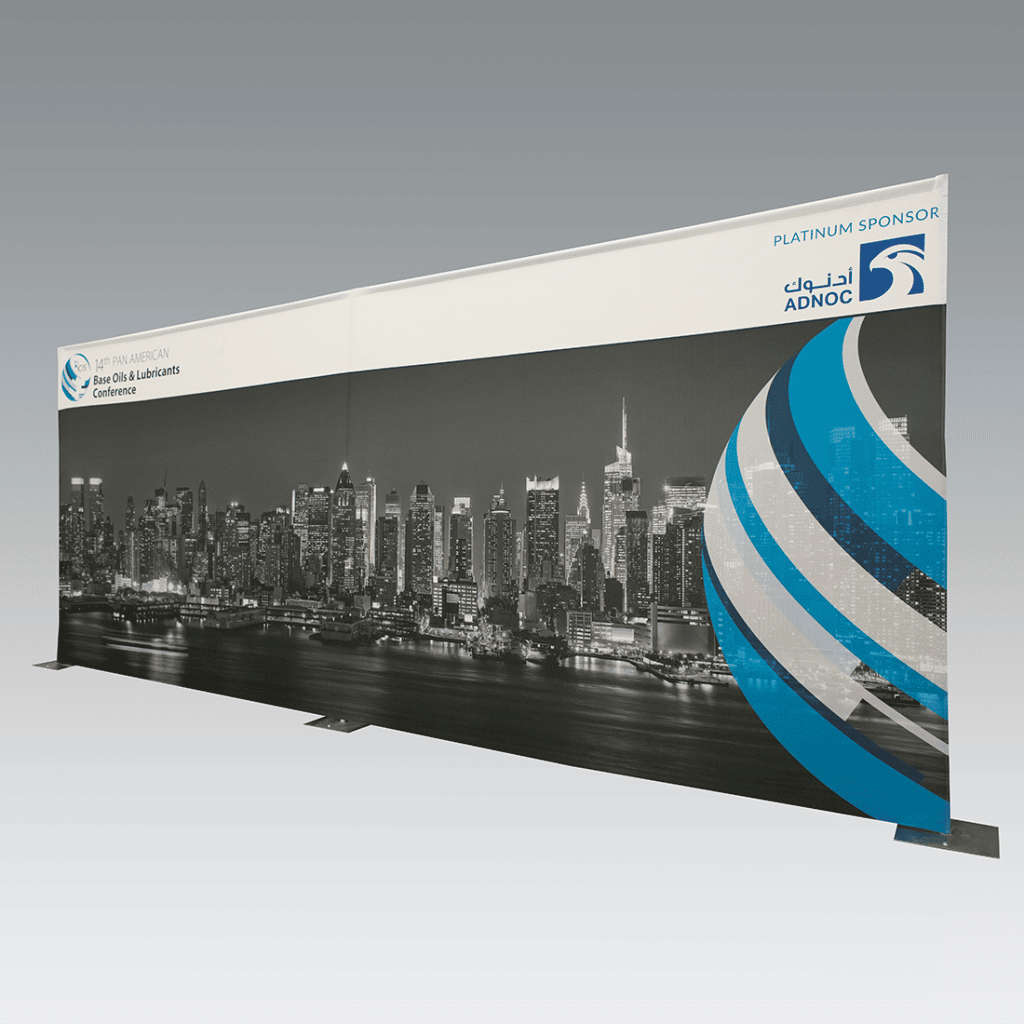

Leave a Reply